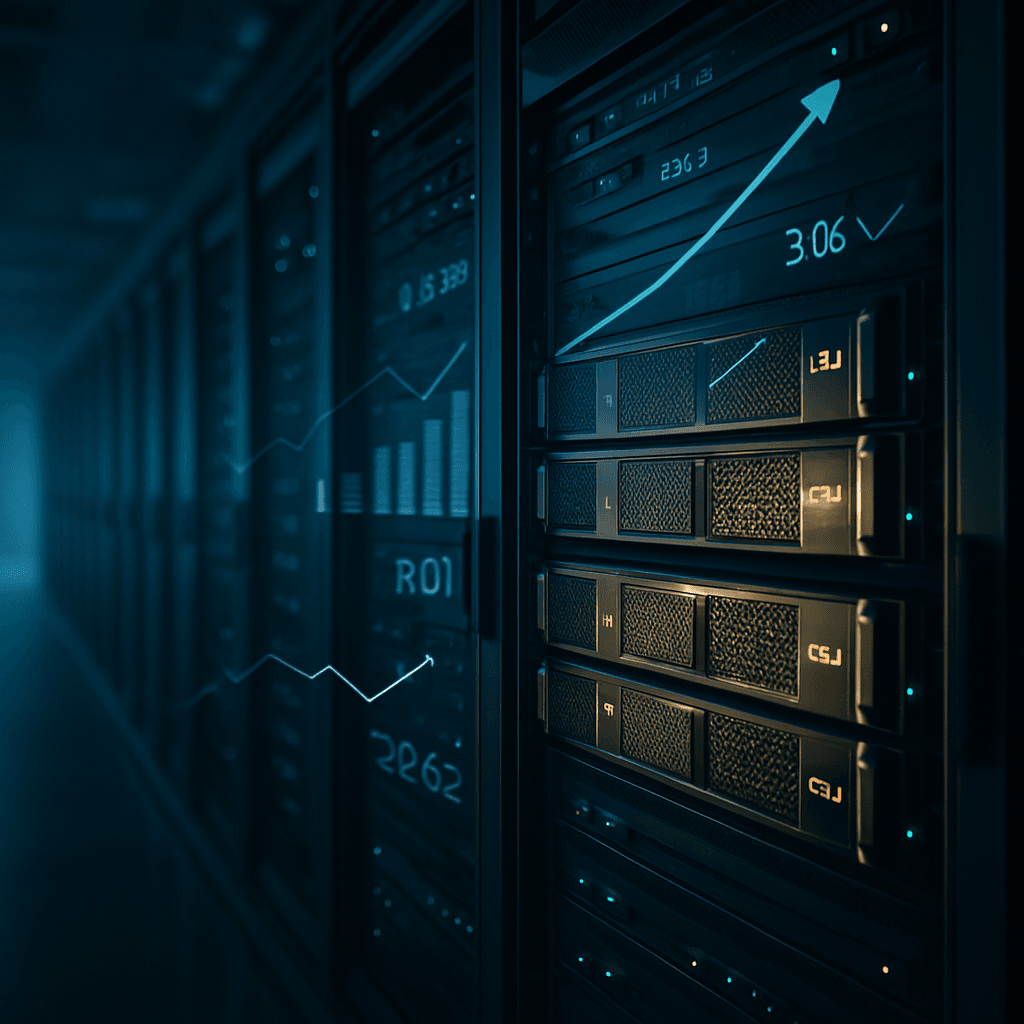NVIDIA Blackwell just redefined the AI inference game. The chip giant's latest GPUs swept every category in the new InferenceMAX v1 benchmarks, with the GB200 NVL72 system promising a staggering 15x return on investment - turning a $5 million hardware investment into $75 million in token revenue. This isn't just about speed anymore; it's about the economics that will determine which companies can afford to scale AI.
The AI inference arms race just got real economics behind it. NVIDIA Blackwell processors didn't just win the new InferenceMAX v1 benchmarks - they dominated every single category, from raw performance to cost efficiency. But here's what matters: the GB200 NVL72 system promises a 15x return on investment, turning a $5 million hardware purchase into $75 million in token revenue.
This benchmark release from SemiAnalysis Monday marks the first time anyone's measured the total cost of AI compute across real-world scenarios. The results expose just how far ahead NVIDIA has pulled in the inference race that's becoming the real battleground for AI profits.
"Inference is where AI delivers value every day," NVIDIA VP Ian Buck told reporters. "These results show that NVIDIA's full-stack approach gives customers the performance and efficiency they need to deploy AI at scale." The numbers back up that confidence - Blackwell delivers 10x throughput per megawatt compared to the previous generation, a crucial advantage as data centers hit power limits.
The timing couldn't be better for NVIDIA. As AI shifts from simple chatbot responses to complex reasoning tasks, models are generating far more tokens per query. That's driving massive compute demand, but also creating new economic pressures. The companies that can run inference cheapest will capture the most market share.
Blackwell's B200 GPU achieved remarkable cost efficiency in the benchmarks, delivering results at just 2 cents per million tokens on the gpt-oss model. That's a 5x improvement in cost per token achieved in just two months through software optimizations alone. The chip also hit 60,000 tokens per second per GPU while maintaining 1,000 tokens per second per user responsiveness.
But NVIDIA isn't stopping at hardware dominance. The company's deep collaborations with OpenAI, Meta, and DeepSeek AI ensure the latest models run optimally on its infrastructure. These partnerships reflect a broader strategy - controlling both the silicon and the software stack that makes AI profitable.












